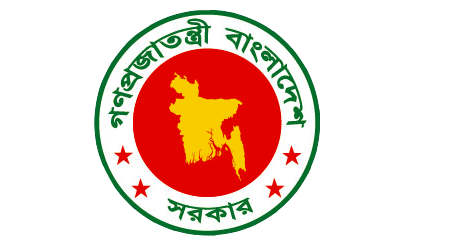Bangladesh has made good progress in reducing poverty but still a high population is either poor or is vulnerable to falling into poverty. Social protection aims to both tackle poverty and build resilience among individuals and families so that they are less vulnerable to fall below the poverty line.
Objective: To undertake an in-depth assessment of poverty profiles by different attributes such as areas of residence, divisions, gender and age groups, and by different poverty lines, with the objective of designing the most appropriate social protection programmes.
Methodology: Poverty analysis is done using Household Income and Expenditure Survey (HIES) 2010 data. HIES 2010 data is complemented by various studies and reports. The Foster–Greer–Thornback measure has been used to assess the poverty situation in Bangladesh.


